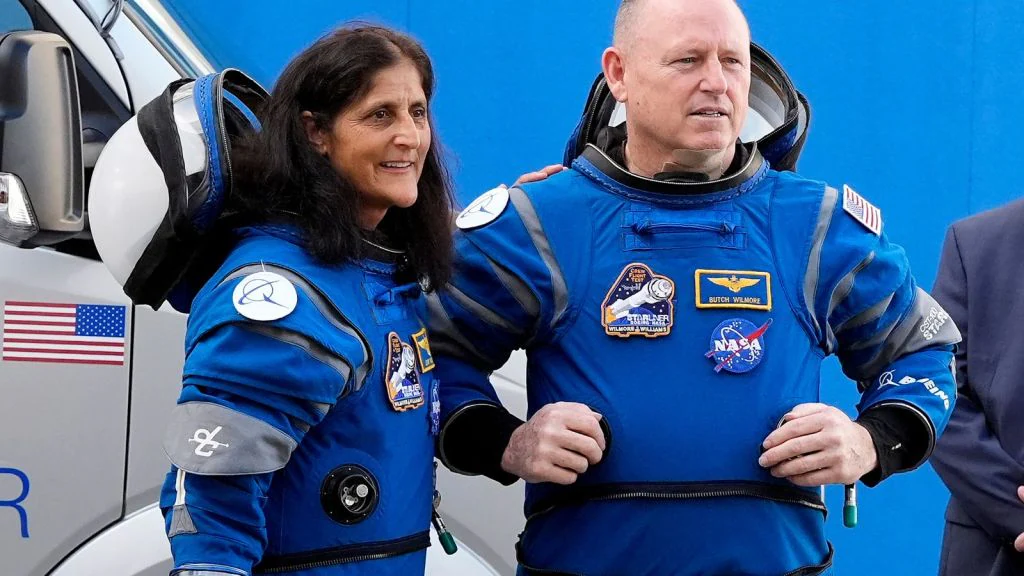A last-minute problem halted Saturday’s launch countdown for Boeing’s first astronaut flight. Two NASA astronauts were strapped into the company’s Starliner capsule and awaiting liftoff when the countdown was halted at three minutes and 50 seconds.
Boeing’s Starliner spacecraft was set for its first crewed launch on Saturday after multiple delays. The mission, called the Crew Flight Test, is poised to send NASA astronauts Butch Wilmore and Sunita Williams to the International Space Station (ISS).
The lauch was planned for 12:25 p.m.. ET from Cape Canaveral Space Force Station in Florida.
If successful, it will be a crucial step in certifying Starliner for regular crew missions to the ISS. The astronauts are scheduled to stay in orbit for eight days before returning to Earth in the reusable capsule, landing in the southwestern United States.
The Starliner program has faced numerous delays, both in recent years and weeks. If the launch on Saturday doesn’t happen, there are backup dates on June 2, 5, and 6. On May 6, an issue with a valve in the Atlas V rocket’s second stage halted the launch just hours before takeoff. Further checks revealed a helium leak in the service module, which was too risky to fix on-site.
Additional inspections saw an issue in the propulsion system that could affect the spacecraft’s return from orbit.
Despite these challenges, Wilmore and Williams have remained in quarantine to ensure their health for the mission. They briefly returned to Houston on May 10 to see their families and practice in Starliner simulators before returning to Kennedy Space Center on May 28 to continue their quarantine.
This mission is a significant milestone for both Boeing and NASA. Williams, a NASA astronaut since 1998, will be the first woman to fly on a Starliner mission. She has previously spent 322 days in space and is second among female astronauts for total spacewalk time.
Wilmore, a Navy test pilot with over 8,000 hours in tactical jets, has already spent 178 days in space and conducted four spacewalks. His experience, alongside Williams’, is critical for this mission.
